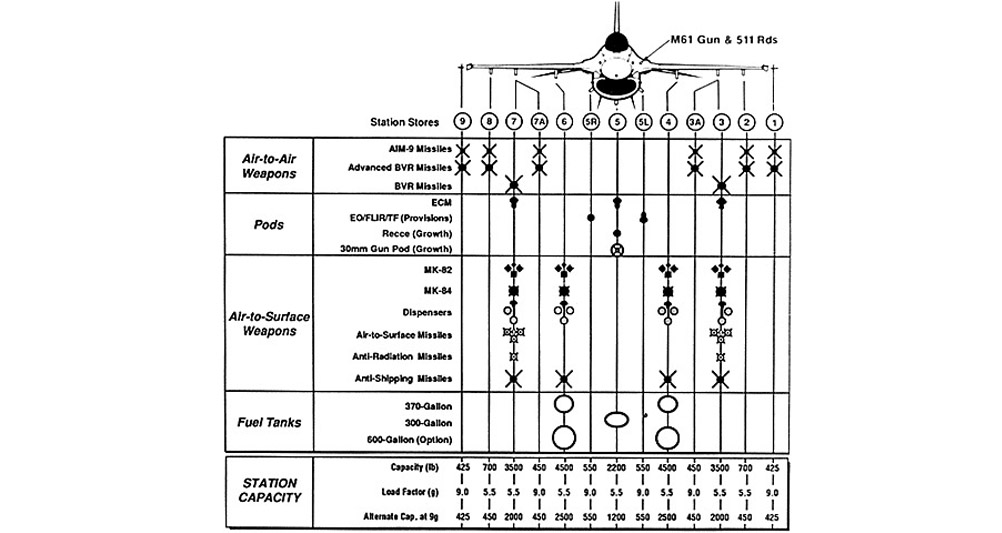We invite you to explore a review of the events and materials of the week, the brief descriptions of which we have compiled for you in this article.
F-16 Fighter Armament
The head of the communications department of the Air Force Command of the Armed Forces of Ukraine, Yuriy Ihnat, shared a story about one of the combat episodes involving our F-16, which managed to destroy six cruise missiles of the Russian occupying forces. This event occurred in December last year.

This story indicates that our F-16 had only four air-to-air missiles, so later, to eliminate aerial targets, it was necessary to employ the standard 20mm automatic cannon. We explain why Ukrainian F-16s carry only 4 missiles, despite having 9 suspension points.
Tank Spare Parts
More and more countries are realizing that it is becoming increasingly difficult to service Soviet or Russian-made equipment, and thus they need to transition to models from the Western defense industrial complex.
 0
0We discuss how Venezuela realized that it would be easier for them to obtain spare parts for the AMX-30 than for the T-72.
"Monster" Based on BTR-152
A photo has surfaced online of a BTR-152 belonging to the Yemeni government forces, and this vehicle can rightly be called a real "monster".
 1
1This is because they decided to install a six-barrel naval anti-aircraft gun, the GSh-6-30K, from the AK-630 naval anti-aircraft system onto it.
Hammers and Drones
The U.S. military procurement system has always faced criticism, particularly due to grossly inflated prices, and as an illustration, it was noted that while ordinary hammers in the civilian market cost $9 each, the Pentagon managed to purchase them for as much as $48 each.
 2
2A similar approach is practiced by the U.S. Department of Defense in procuring UAVs for its military, raising the question of whether the U.S. Army can prepare for modern warfare dominated by drones.
North Korean Self-Propelled Artillery in the Russian Army
Despite the first reports that Russia would receive 170mm M-1989 Koksan self-propelled artillery from North Korea appearing as early as October, and the first photo of their movement across Russian territory being taken in November the first video supposedly filmed at the frontline appeared only on January 7.
Thus, about two months passed from the moment of their acquisition to what appears to be the first episodes of combat use. Currently, it is impossible to confirm whether this video was indeed filmed at the front, and the time and place of the recording are also in question. However, the lack of snow cover likely indicates southern areas of occupied Ukraine, assuming the video is new.